Balletomanes will remember Don Quixote as the 1869 Petipa/Minkus three-acter in which the gaunt knight and his cynical sidekick encounter a barber, a bride and a rich fiancé in a small Spanish town and (with a great many faux-Flamenco dance moves) set all to rights, the girl removed from the suitor’s arms and wedded to the barber she loves. It is popular with aging ballet stars, since the title role doesn’t actually dance much but he gets the big bows.
The story is one of the few episodes from Cervantes’ novel that can be turned into a brief stage comedy, and in the era when the book was still familiar to educated theater-goers, “The Marriage of Comacho” (that’s the rich fall guy) was a frequent episode. There’s a lost Shakespeare comedy on the subject and twenty or thirty operas.
On Tuesday night, in the commodious concert hall of the Morgan Library, the Boston Early Music Festival forces brought Georg Philipp Telemann’s Don Quichotte auf der Hochzeit des Comacho to New York, and the story, minus fan-flaps and razor-twiddles, was familiar. Rare is the eighteenth-century opera story that was not set by more than one composer. And why not? Audiences in Hamburg were unlikely to have heard the tunes of London or Naples.

Telemann lived longer than his contemporaries, Vivaldi, Bach, and Handel—but ask an opera-goer to hum one of his tunes. They can’t. He lost out big in the enduring fame sweepstakes. That’s a pity, as he wrote more than fifty operas (not to mention scads of cantatas and oodles of instrumental music—300 overtures survive!) and ran the great house in Hamburg for its final twenty years. It had been the largest opera house north of the Alps, presenting music from Italy and France as well as Germany, and is where Handel first learned stagecraft. By 1761, the octogenarian composer (who couldn’t stumble out of bed without composing something—his wife had run off with a Swedish officer and he had no distractions) grew nostalgic for greasepaint. A kid in his twenties offered him this libretto, and he pounced.
Infrequent revivals of his operas (I’ve heard two or three) reveal Telemann as a master tunesmith, with a more folksy than courtly style. Hamburg, a city state, had no royal court to please. Telemann did not share—no doubt because the burghers of Hamburg did not share—the Italian taste for castrati or, apparently, for excessive show-off vocal ornament. Too, on his wanderings in the Slavic lands to the east, he appears to have jotted down some of the rich trove of Slavic folk melody in which habit he foreshadowed composers like Haydn and Richard Strauss. The result is a simple, highly appealing stage work.
Telemann’s Quichotte spends fully a third of its length in the opening exchange of arias by Don Q and Sancho Panza, the one idealistic and highfalutin, the other earthy and humorous. In their semi-staged version, BEMF cast Christian Immler, a tall bass-baritone of highly satisfying orotundity, and Jason McStoots, a plump, scene-stealing comic tenor, whose musicianship was quite Quixote’s equal. Even those of us familiar with BEMF’s stage smarts were impressed by this level of musical and theatrical charm.
In the small BEMF Chamber Orchestra, the percussion had fun indicating the windmills of Quixote’s mind and the clip-clop of Rocinante – not to forget castanets for the wedding party. And one detected many a hee-haw in the melodic lines of Sancho’s arias. To extend the rather abbreviated nature of the score, BEMF inserted movements from one of Telemann’s hundreds of orchestral suites (this one also inspired by Cervantes), and though there was no dance company, we inhaled the festive mood.
The adventurers were interrupted by a quintet of shepherds and shepherdesses, celebrating a wedding while bewailing the fortunes of their love-blighted friend Basilio. Any lover of classic opera is familiar with dancing peasants in black tie, and the splendid sentimental narration was entrusted to tenor Richard Pittsinger, who was touching.
The bride and (nominal) groom, in fact, had very little to do in this version, and one feels the librettist could have given them more—a blustering buffo air for Comacho, minor key rejoicing for the unwilling bride. The score as it stands runs only an hour. It could easily be half a double-bill.
The climax arrives with the entrance of Basilio the Barber, who has stabbed himself out of heartbreak. With his dying breath, he entreats Comacho to permit him to die married to the lovely Quiteria. Everyone else joins the plea, Comacho unwillingly gives in—but Basilio has been faking the whole thing. (Something like this worked for Nanki-Poo, too.)
Basilio was sung by a countertenor, Cody Bowers, appropriately in this golden age of that vocal category. But who sang it in 1761? A castrato? Or, more likely, a mezzo in trousers? Anyway, Bowers has a smooth and sizable sound, if perhaps not the sensuality for heroic castrato roles.
In the peasant dances of the happy conclusion, the string section of the BEMF Chamber Ensemble outdid (or undid?) themselves producing quite folksy elements with plucking and bluesy whining from their instruments. Another atmospheric touch.
In the appeal of the unfamiliar work they presented and the expertise of the musicians they chose to perform it, BEMF lived up to its lofty reputation. If only New York had an early music organization (especially one that specialized in the baroque operas so popular all over Europe) to match the delights native to the Hub.
Photos: Kathy Wittman from earlier performances at New England Conservatory
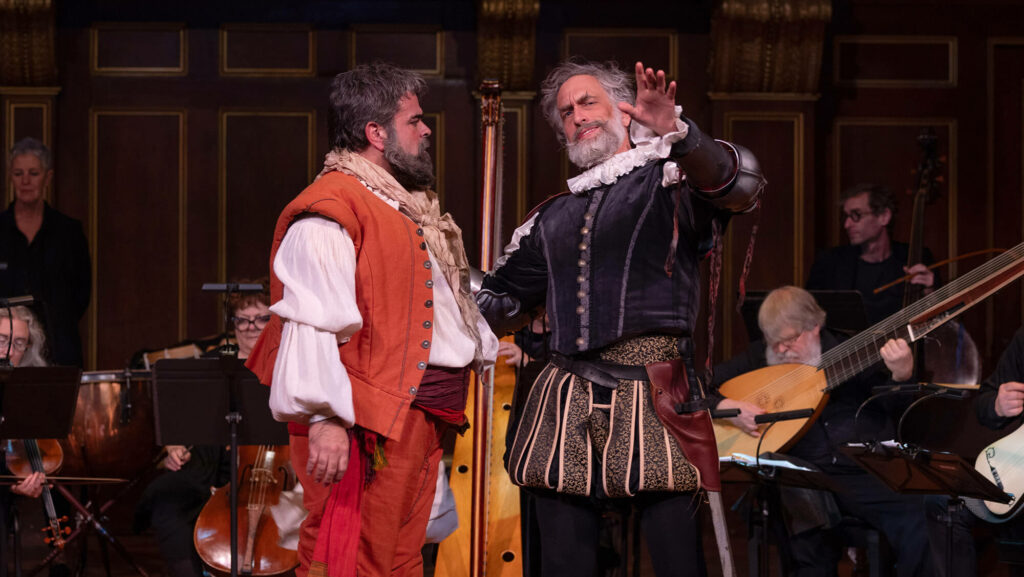
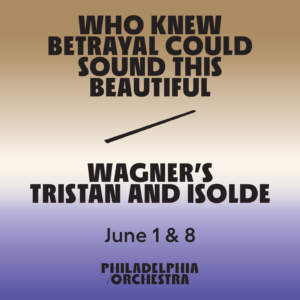
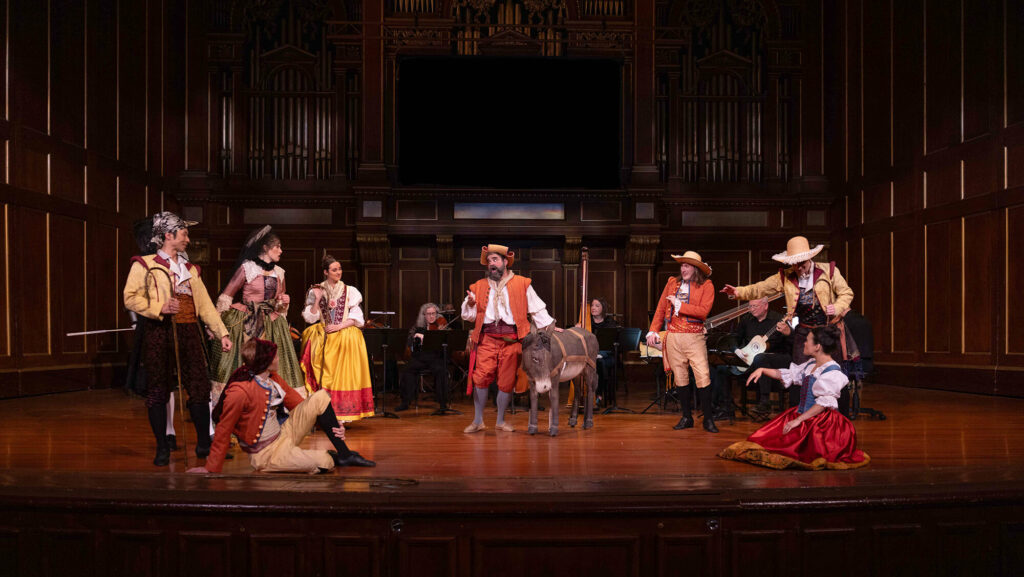
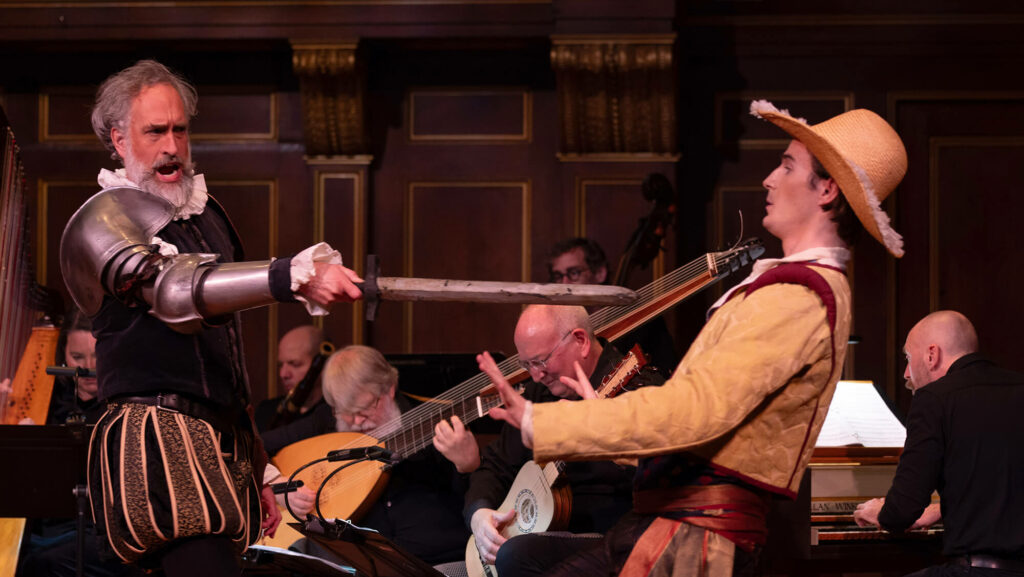

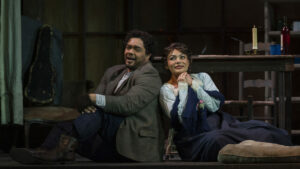
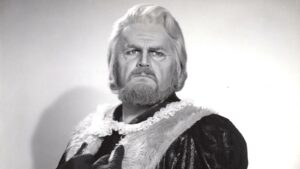

Comments